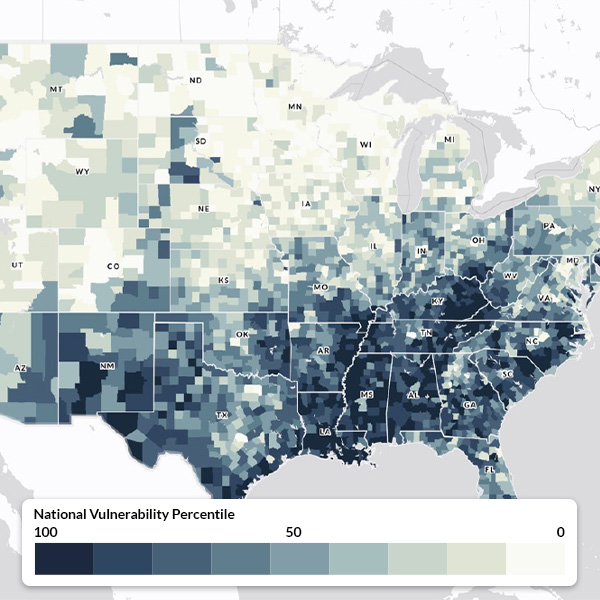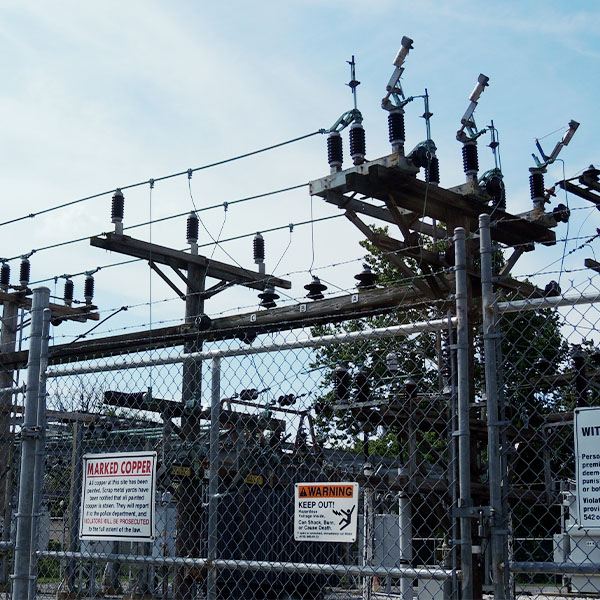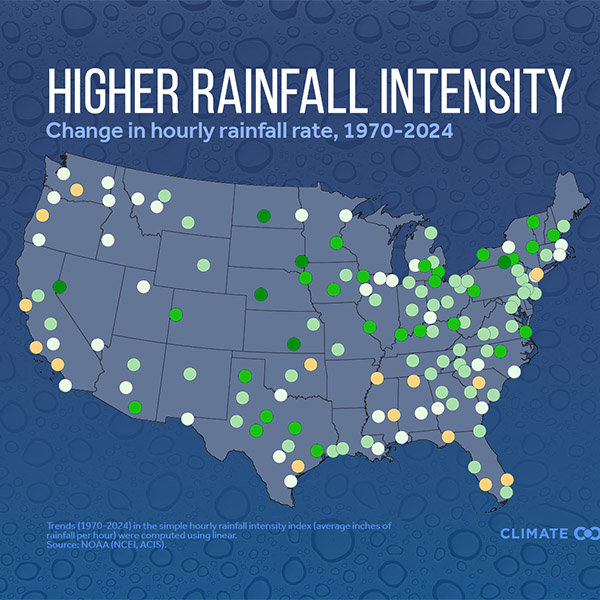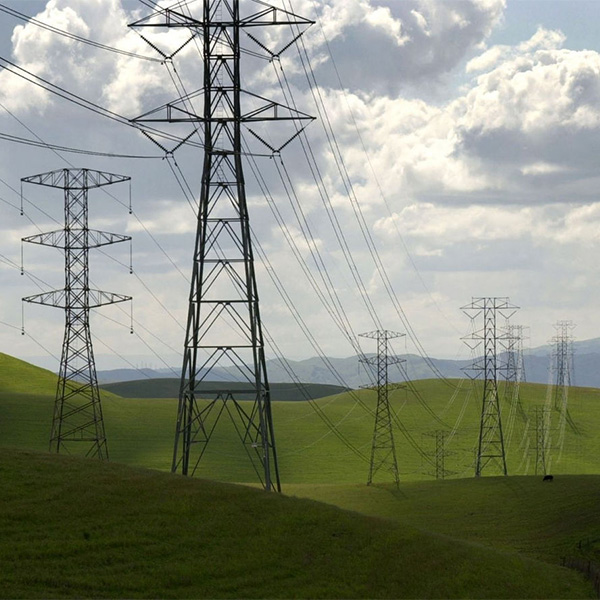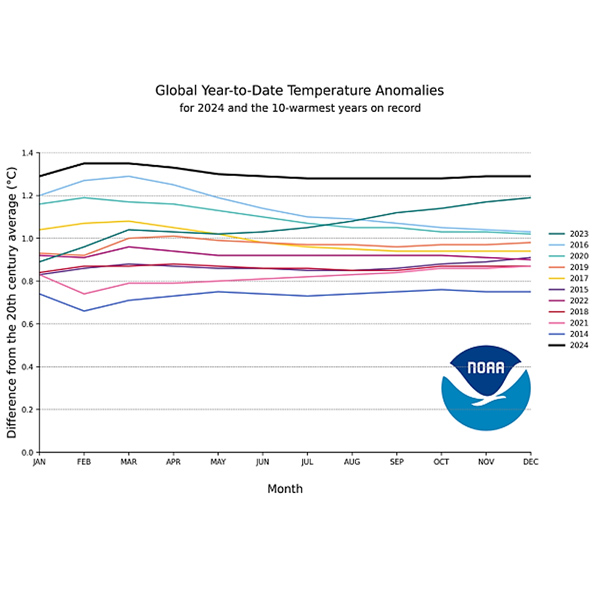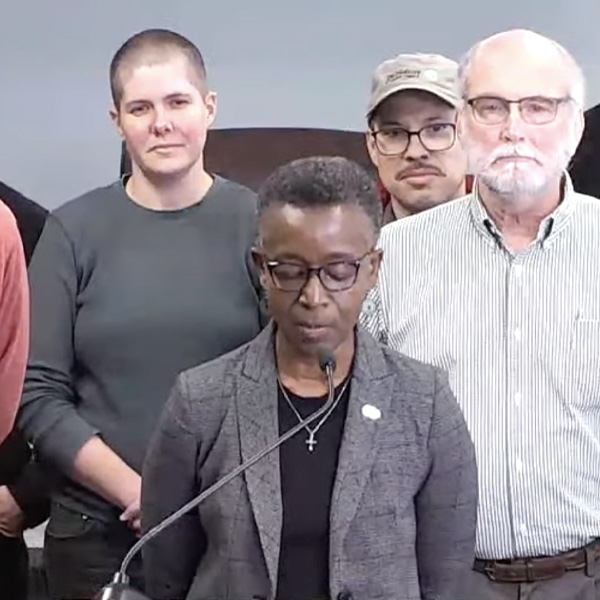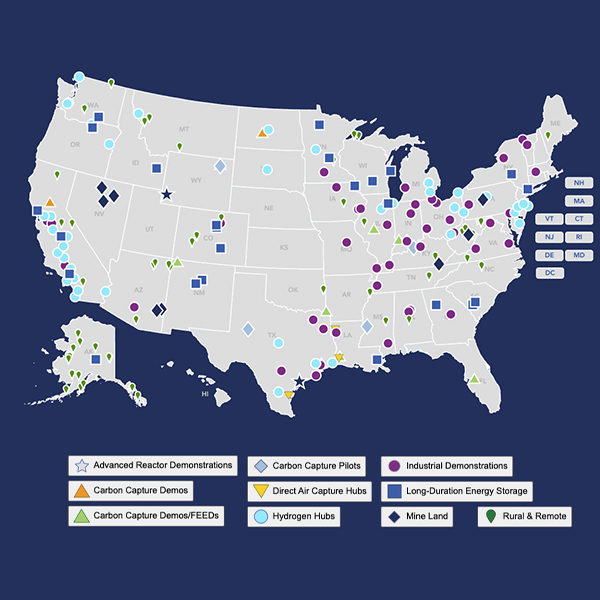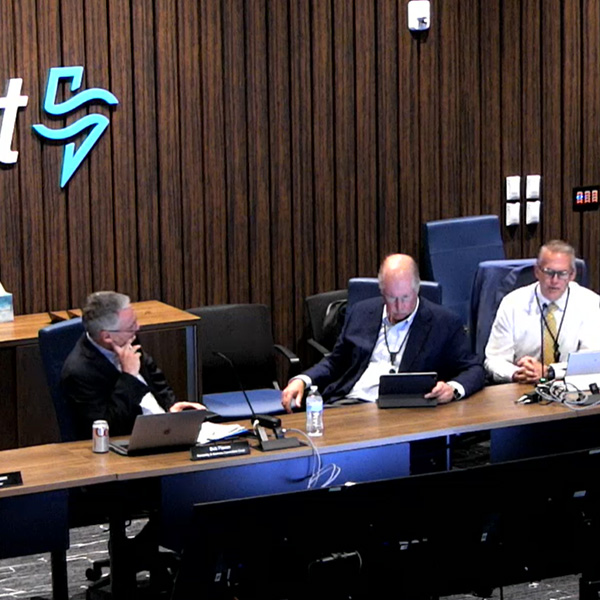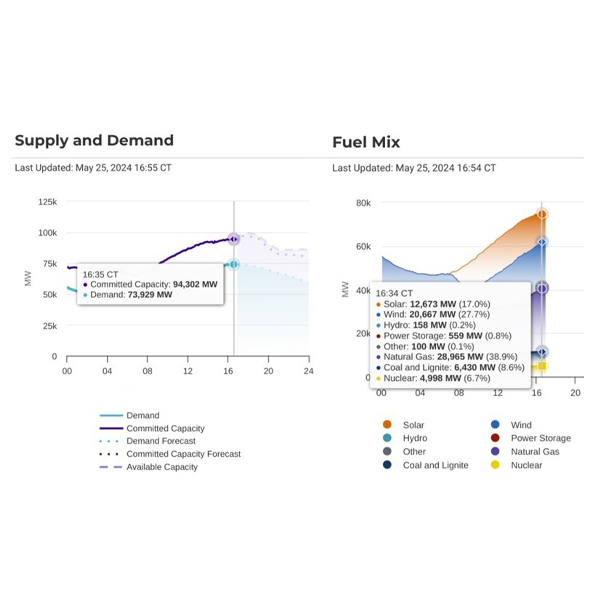climate change
Planning for the grid of the future requires increasingly sophisticated prognostication, and the industry needs to look to new data sources to model the grid of tomorrow, says columnist Dej Knuckey.
A speaker at SERC Reliability's fall summit said adversaries may take advantage of severe weather to launch physical and cyberattacks against the grid.
For grid operators, power generators and utilities, the rise in extreme rain events both causes immediate damage and requires long-term planning to minimize future damage.
The California Public Utilities Commission is looking for ways to improve a utility-oriented climate adaptation program designed to help protect the most vulnerable people and lands in the Golden State.
DHS meteorologist Sunny Wescott warned that utilities will need to be prepared for global climate change to bring a range of issues they may have never considered before.
Columnist Steve Huntoon says environmentalists are engaging in a "game of chicken" with climate because they won't consider solar geoengineering, such as sand or salt in the stratosphere.
The town of Carrboro, N.C., became the first municipality in the country to sue an electric utility over its alleged deception around climate change, claiming that delayed action to address the issue will cost its government millions of dollars.
Signed into law Aug. 16, 2022, the IRA is the largest federal investment in climate and clean energy action in history, and leading up to the IRA’s second anniversary, the Department of Energy and other agencies have heralded the law’s impact and benefits.
ERCOT’s Board of Directors has passed one contentious protocol change and tabled another that have divided stakeholders and staff and led the IMM to argue against the heavy use of ECRS.
ERCOT’s latest capacity, demand and reserves report projects summer peak demand will increase to more than 97 GW by 2034.
Want more? Advanced Search
